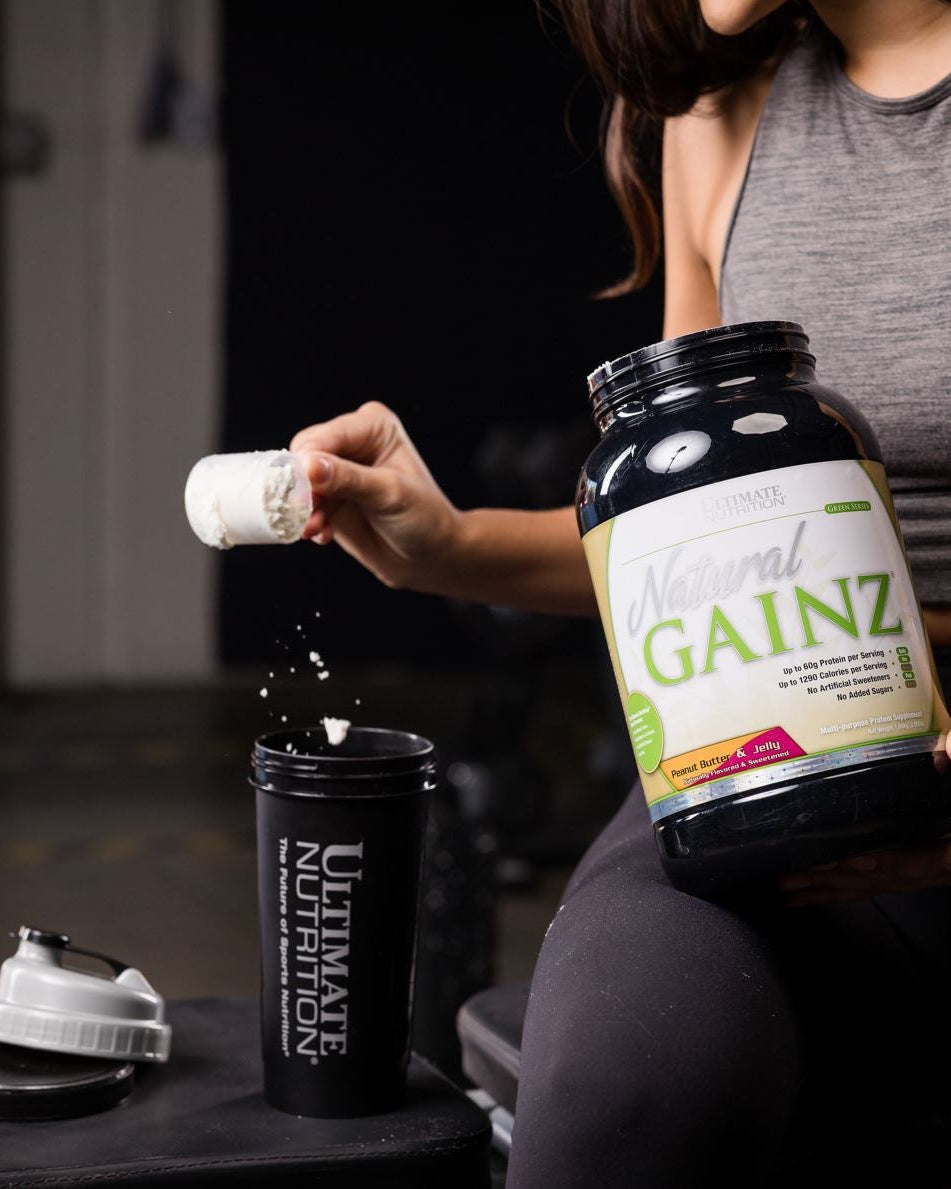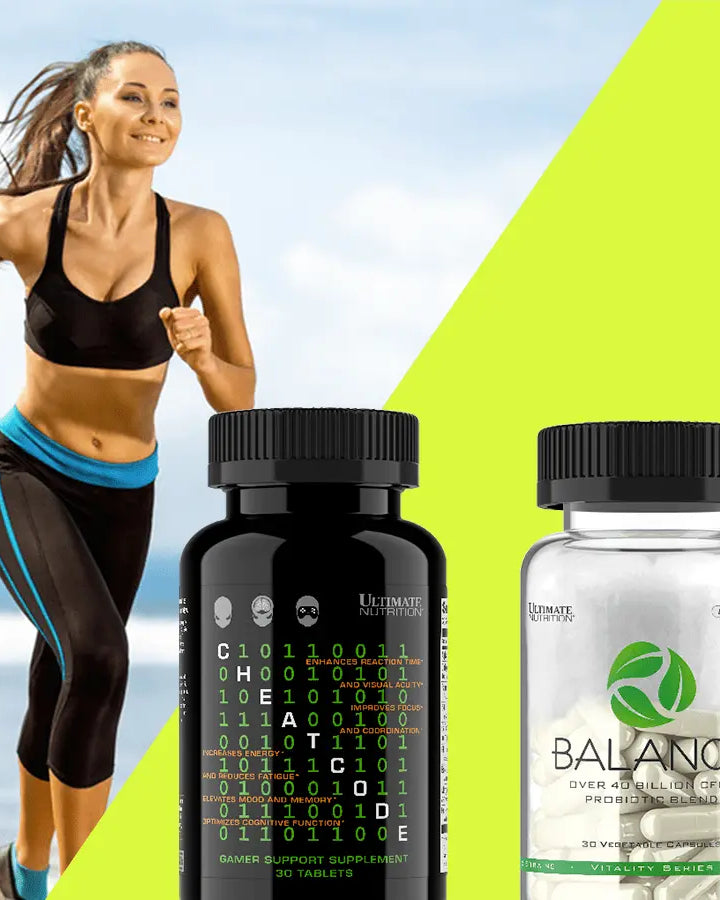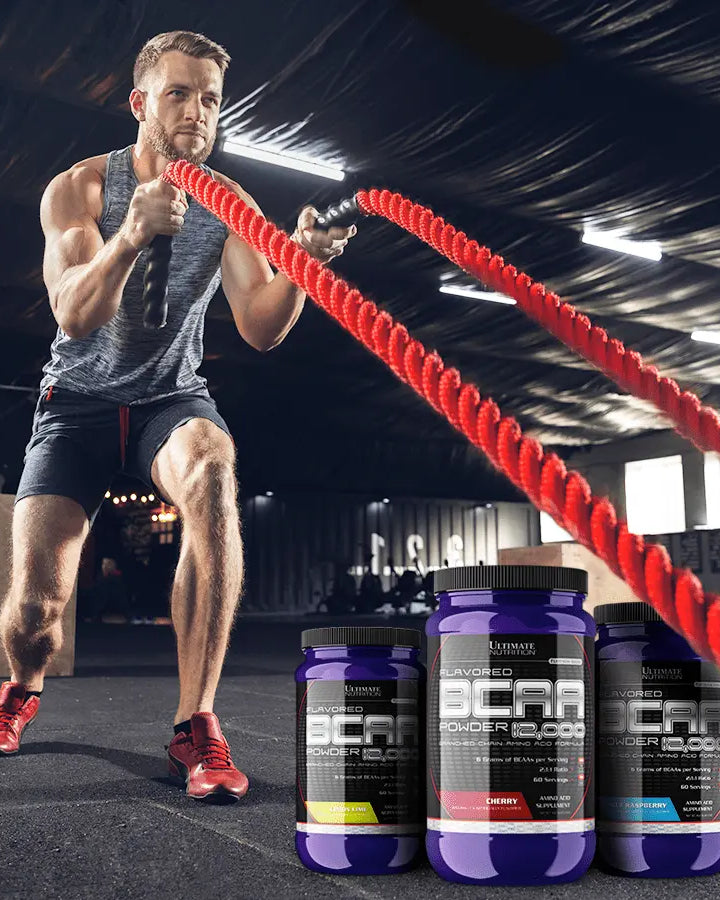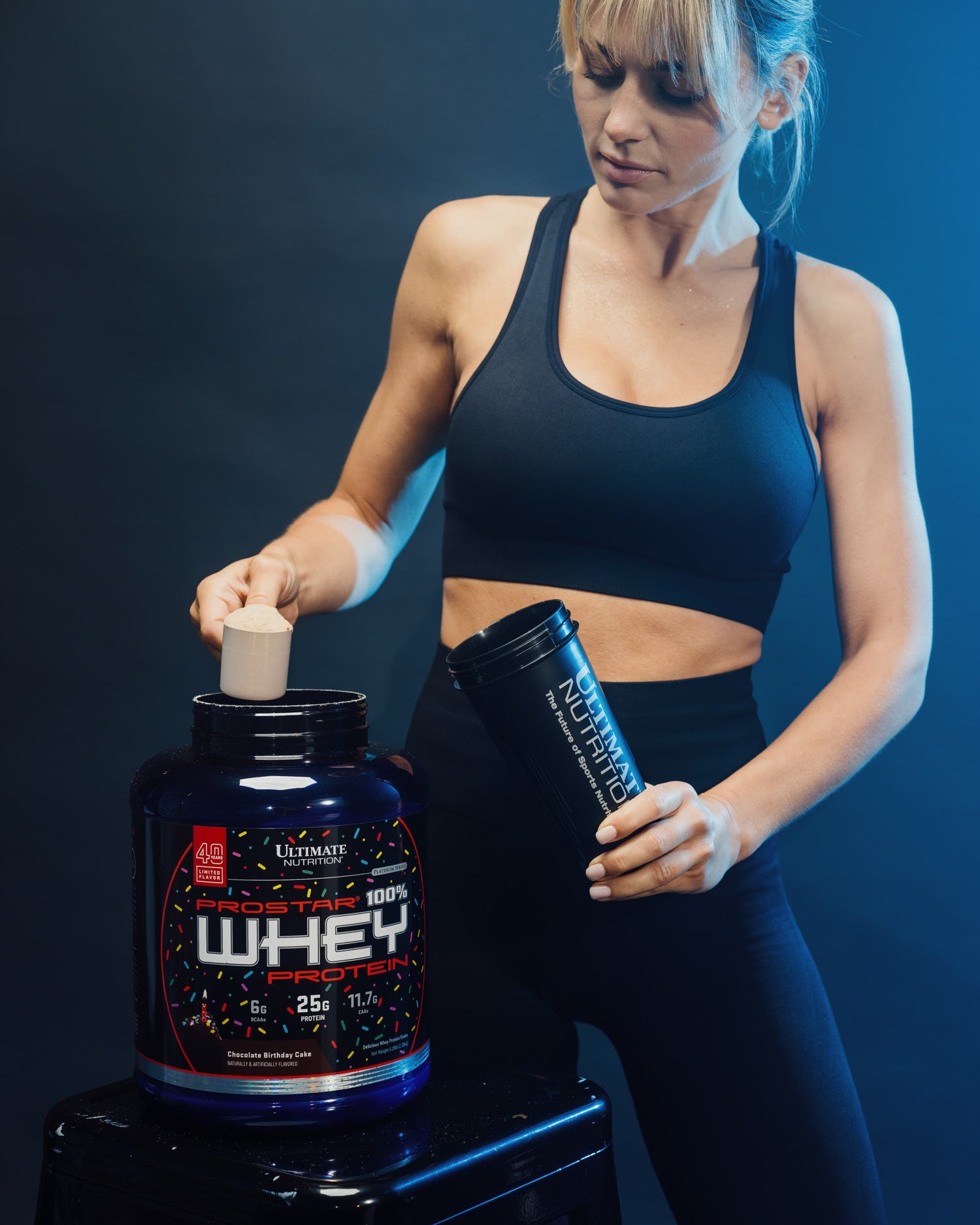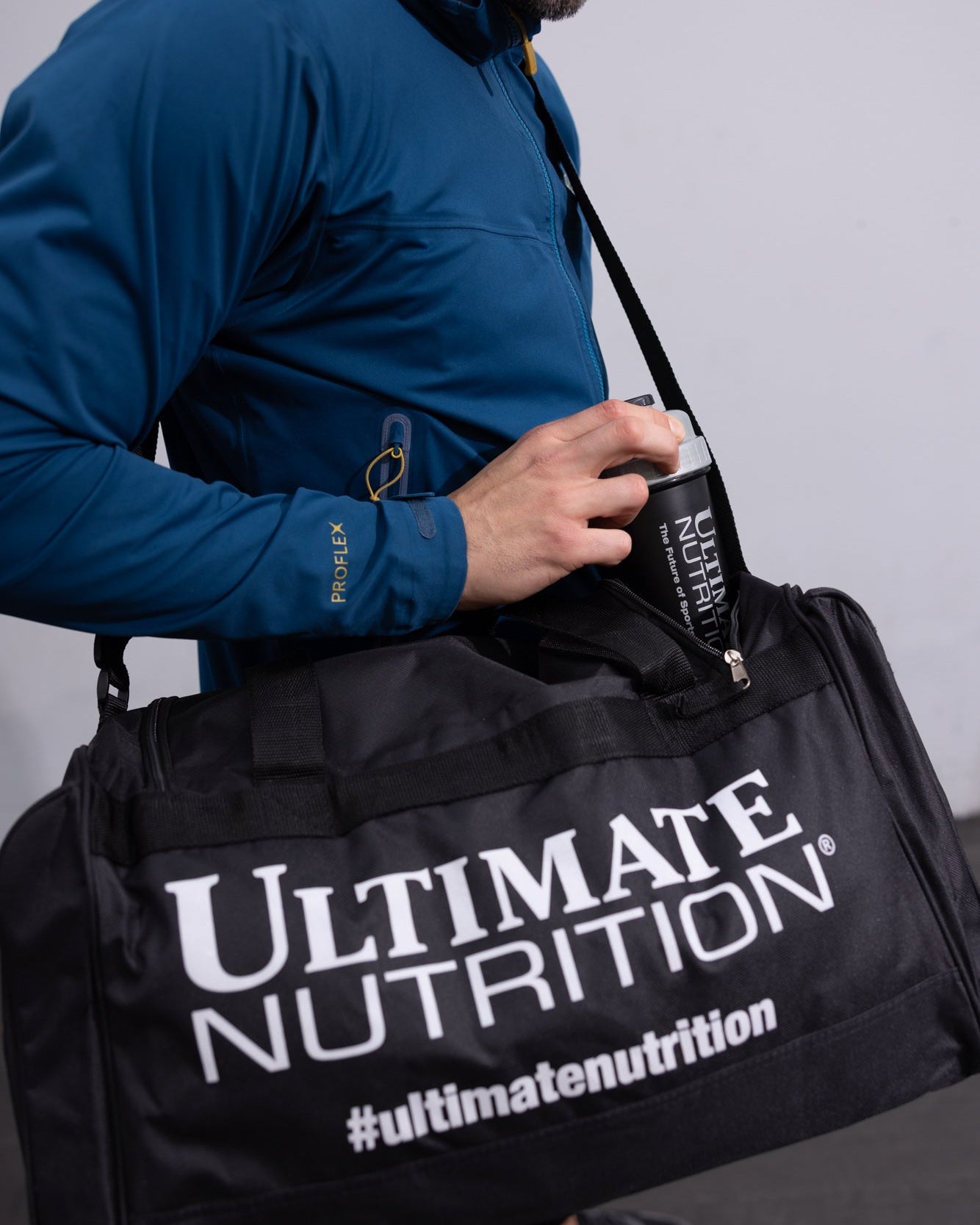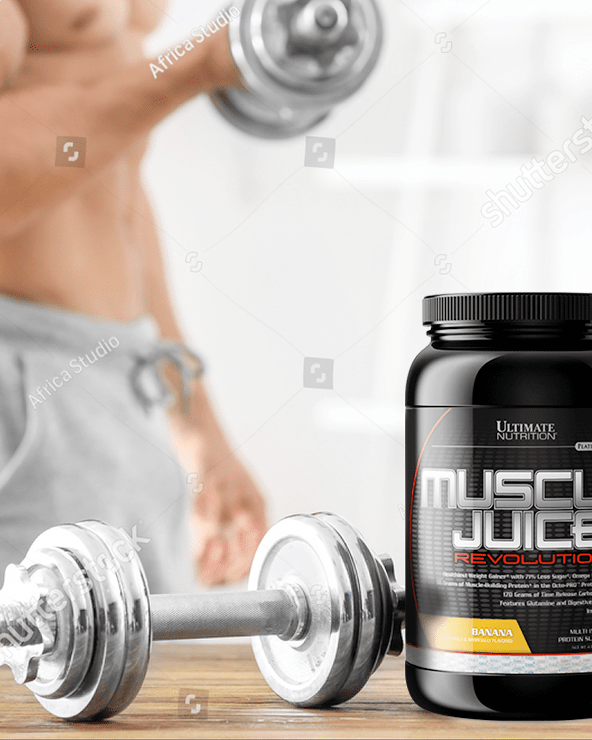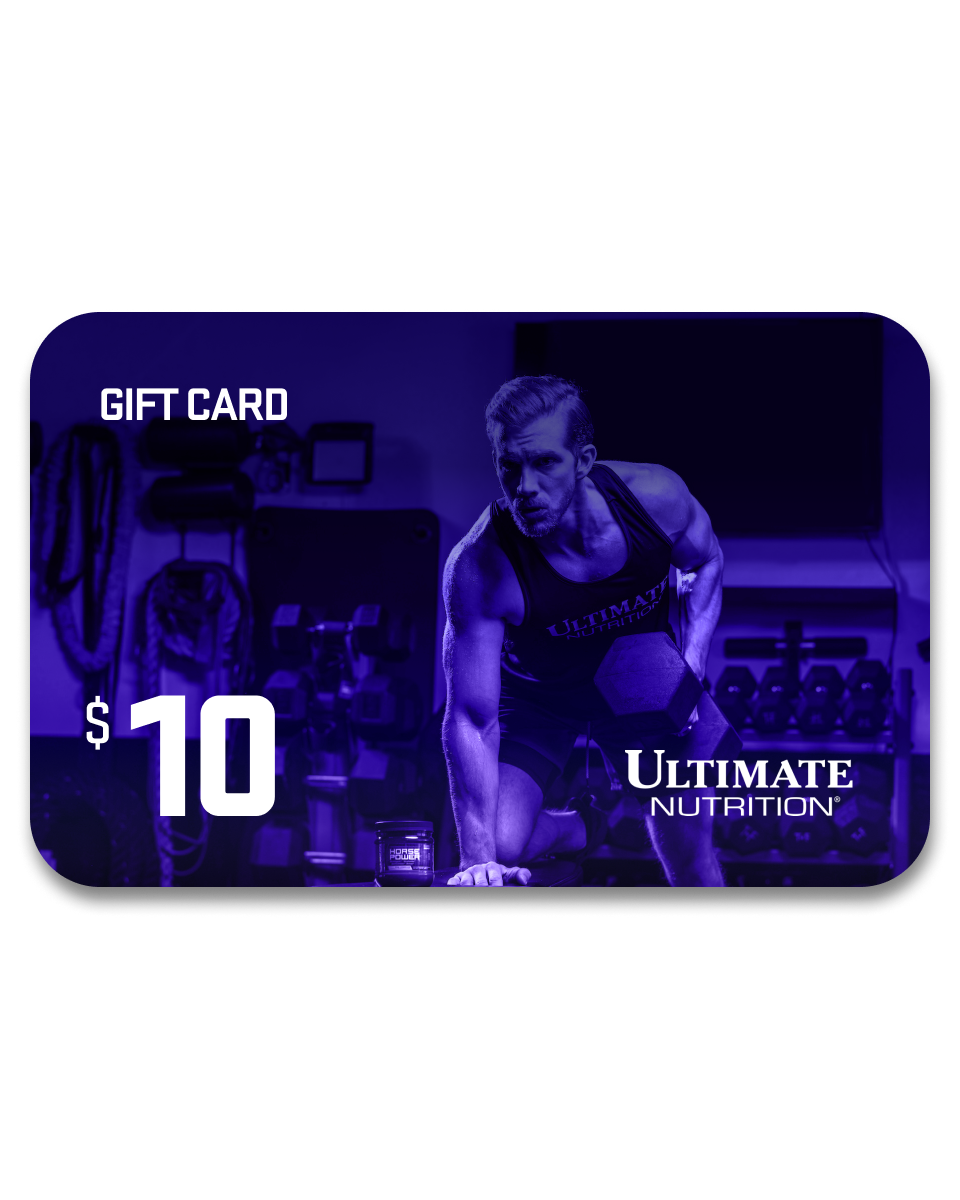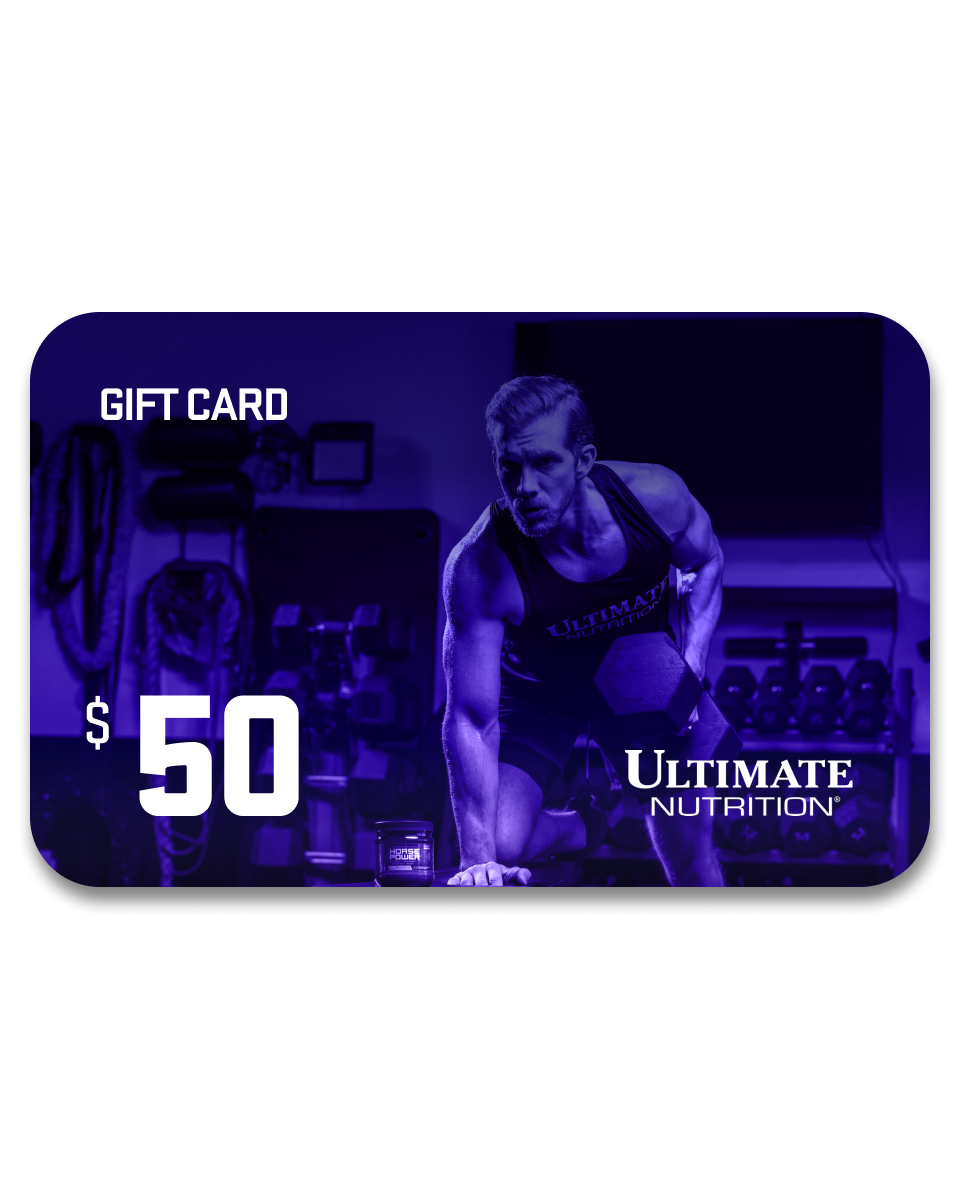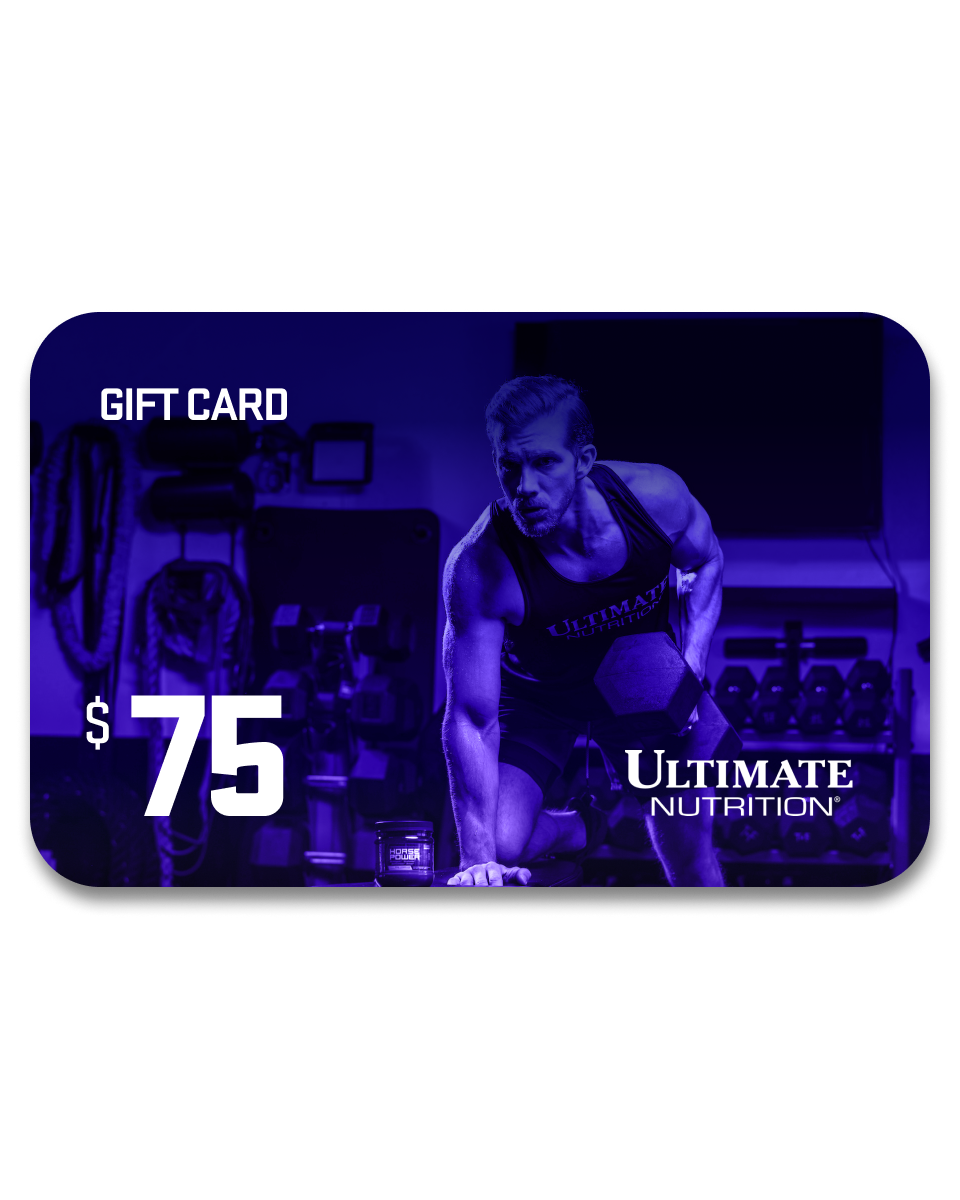Diet and exercise are essential for any healthy lifestyle. For the best results, they should be done every day.
In addition, muscle recovery strategies like active recovery days and rest days should be incorporated throughout the week.
In this article, we’re exploring the importance of active recovery days, what they are, and why you need them.
Keep reading to learn more about the best strategies for post-workout recovery.

What Are Active Recovery Days?
Active recovery is any gentle movement designed to help your muscles repair after a tough workout. This includes incorporating low-intensity exercises to help eliminate or alleviate DOMS (delayed-onset muscle soreness), which occurs approximately 24-48 hours after a new exercise.
Active recovery days are different than rest days. Rest days are when you let your body rest for a full day from physical activities.
The idea is to get moving without pushing for optimal intensity.
Why Take an Active Recovery Day?
Moving your body increases blood flow to your muscles, which can speed up recovery time and reduce muscle soreness.
But active recovery is about more than eliminating sore muscles.
When we partake in challenging workouts like strength training, which often use all of the larger muscle groups, our muscles tear and break down. They become weaker and only grow back stronger during the 24-48 hours after training. That’s why it’s not good to train the same muscles every day, as we want to give them a chance to recover.
Too much exercise can also cause your body to produce large amounts of cortisol and adrenaline. While these are essential for healthy blood sugar levels, metabolism, salt/water balance, and sleep/wake cycles, too much can keep your body at a high-stress level. This can lead to high blood pressure, a weakened immune system, and stubborn fat gain.
Active recovery can help lower stress levels, avoid over-exhaustion, and get restful sleep to prevent stubborn weight gain.
How Many Active Recovery Days Should You Take Per Week?
Regardless of fitness level, taking at least one full day off from exercise per week is generally advised. This means you should plan for about 1-3 active recovery days per week, especially if you’re starting to feel sore. If you have a more intense workout routine that involves strenuous exercises like heavy lifting, you may need to take 4-5 active recovery days per week.
The most important thing is listening to your body and planning around your schedule. Move at least a little bit every day for your best health.
Active Recovery Benefits
In addition to shorter rest times and reduced muscle soreness, active recovery workouts increase blood flow to the muscles and joints. The improved blood supply helps flush away toxins and brings fresh nutrients for healing.
Aim for a target heart rate of 30% to 60% of your maximum to get the most out of your active recovery workout. The more strenuous the recovery workout, the less effective it will likely be.
Active Recovery and Rest Day Workout Ideas
There are three ways to perform active recovery:
As a Cooldown After a Workout
While resting immediately after a challenging workout is tempting, moving for an extra ten minutes at 50% of your maximum effort can help you recover. The longer you plan to move, the more gradually you can reduce your effort.
During Intercal (Circuit) Training
Active recovery between exercises in an interval training circuit can help keep your heart rate up while reducing post-workout fatigue. The American Council on Exercise found that athletes who performed low-intensity activities like jogging or cycling recovered faster than those who didn’t.

On Rest Days Following Strenuous Exercise
A day or two after a strenuous workout is one of the best times to participate in active recovery. Choose easy exercises that will help your muscles recover. Here are a few recovery day activities to help you get started:
Walking
Walking is one of the best forms of active recovery. It helps to enhance blood flow, reduce soreness and stiffness, and improve circulation. A slow-paced jog is just as beneficial if you enjoy running.
Bike Ride
Whether biking outdoors or using a stationary cycle, cycling leisurely is excellent for active recovery. It’s low-impact and doesn’t put pressure on your joints.
Swimming
Another low-impact exercise that’s easy on your joints and muscles, swimming is perfect for recovery days. It may also help reduce inflammation. One study found that some athletes who participated in low-impact swimming after a HIIT session performed better the next day.
Thai Chi or Yoga
Participating in stretching exercises like Thai Chi or Yoga not only provides relief by stretching sore muscles, but they also help increase flexibility and decrease stress and inflammation.
Foam Rolling
Your active recovery doesn’t need to include movement. Stretching and using a foam roller for Myofascial Release (gentle pressure on muscle tissues) can help relieve tightness, reduce inflammation, and increase range of motion.
When to Avoid a Recovery Day Workout
While active recovery is generally considered safe, it should be avoided if you experience pain or injury. Stop exercising whenever you feel pain, consult your physician before starting a new program, and avoid exceeding 50% of your maximum effort during active recovery.

Enjoy Active Recovery to the Least or Fullest
While active recovery sounds like one more training day, there are many ways to have fun while helping your muscles recover efficiently. Whether you go for a leisurely stroll or play frisbee golf with friends, the choice is yours. As long as you stay below 50% of your maximum, every low-impact activity counts.
Make sure to take a total rest day if you have any pain or are injured.
For more of the best exercise and nutrition tips, consult the blog at Ultimate Nutrition.
The information provided in our articles are meant for informational and educational purposes exclusively and should not be considered as medical advice. It is essential to consult a healthcare professional before starting a new nutritional product and/or making significant changes to your diet and/or starting a new exercise regime. These products are not intended to diagnose, treat, cure, and/or prevent disease.

